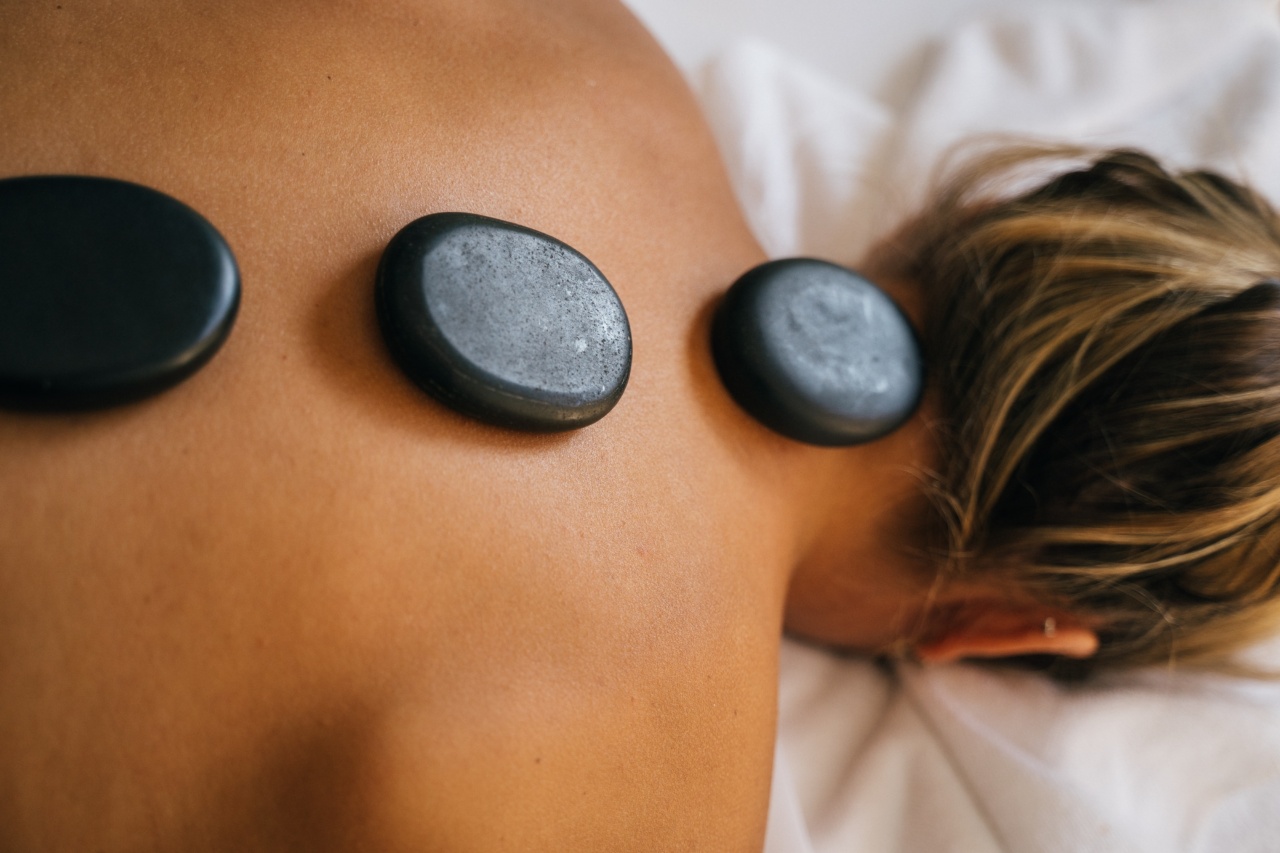Dealing with chronic back pain can be debilitating and frustrating. Whether it’s due to poor posture, an injury, or a medical condition, finding relief for your aching back is crucial for maintaining a high quality of life.
In this article, we will explore various strategies and treatments that can help alleviate back pain and improve your overall well-being.
Understanding the Causes of Back Pain
Before we delve into the various relief options, it’s important to understand the common causes of back pain. By identifying the root cause, you can better address the underlying issue and target your treatment more effectively.
Here are a few common causes of back pain:.
1. Poor Posture
One of the leading causes of back pain is poor posture. Sitting or standing with a slouched back for extended periods can strain the muscles and put unnecessary pressure on the spine, causing pain and discomfort.
It is important to maintain good posture throughout the day, practicing proper ergonomics, and taking regular breaks to stretch and move around.
2. Muscle Strain
Another common cause of back pain is muscle strain. This can occur from lifting heavy objects incorrectly, sudden movements, or overexertion during physical activities.
When the muscles in the back are stretched beyond their limits, they can become inflamed and painful. It is essential to use proper lifting techniques and warm up adequately before engaging in any physical activity.
3. Herniated Disc
A herniated disc, also known as a slipped or ruptured disc, can cause severe back pain.
The discs in our spine act as cushions between the vertebrae, and when one of them bulges or ruptures, it can put pressure on the surrounding nerves, leading to intense pain. Treatment for a herniated disc may include physical therapy, medication, or in severe cases, surgery.
4. Arthritis
Arthritis is a degenerative condition that can affect various joints in the body, including the spine. Osteoarthritis, the most common form of arthritis, can cause the cartilage in the spine to deteriorate, resulting in bone rubbing against bone.
This can lead to chronic back pain and stiffness. Managing arthritis through medication, exercise, and lifestyle changes can help alleviate the associated back pain.
Strategies for Alleviating Back Pain
Now that we have outlined some of the main causes of back pain let’s explore strategies for finding relief.
These approaches range from simple lifestyle changes to medical treatments, depending on the severity and underlying cause of your back pain. Here are several strategies that can help alleviate your aching back:.
1. Exercise Regularly
Engaging in regular exercise is crucial for maintaining a healthy back. Low-impact exercises such as walking, swimming, and yoga can strengthen the back muscles, improve flexibility, and promote better posture.
It is important to consult with a healthcare professional before starting an exercise routine to ensure you are engaging in activities suitable for your condition.
2. Improve Your Posture
Conscious efforts to improve and maintain good posture can significantly reduce back pain. This includes sitting up straight, using ergonomic chairs and supports, and avoiding slouching or hunching over.
Additionally, regular breaks from sitting or standing for extended periods can provide relief to your back and prevent muscle strain.
3. Apply Heat or Cold Therapy
Heat and cold therapies can provide temporary relief to aching muscles and help reduce inflammation. Applying a heating pad or a warm towel to the affected area can increase blood flow and relax the muscles.
Ice packs or cold compresses can help numb the area and reduce swelling. It is essential to alternate between heat and cold therapy depending on the nature of your pain.
4. Maintain a Healthy Weight
Carrying excess weight puts additional strain on the spine, increasing the risk of back pain. By maintaining a healthy weight through a balanced diet and regular exercise, you can reduce the load on your back and alleviate existing pain.
Consult with a healthcare professional or a nutritionist to develop an appropriate weight management plan.
5. Practice Stress Reduction Techniques
Stress can contribute to muscle tension and exacerbate back pain.
Incorporating stress-reducing techniques into your daily routine, such as meditation, deep breathing exercises, or engaging in hobbies you enjoy, can help alleviate both physical and mental tension. Managing stress can significantly improve your overall well-being and reduce the severity of back pain.
Medical Treatments for Back Pain
In some cases, non-surgical medical interventions may be necessary to find relief for your aching back. Here are a few options that your healthcare provider may recommend:.
1. Physical Therapy
A physical therapist can develop a tailored exercise and stretching program to target your specific back issues. These exercises aim to strengthen the muscles, improve flexibility, and correct any imbalances that may contribute to your back pain.
Physical therapy can be particularly beneficial for individuals recovering from injuries or surgeries.
2. Medications
Over-the-counter pain relievers, such as non-steroidal anti-inflammatory drugs (NSAIDs), can provide temporary relief for mild to moderate back pain.
However, long-term or chronic back pain may require prescription medications, including muscle relaxants or opioids. It is crucial to consult with a healthcare professional before starting any medication regimen.
3. Injection Therapies
In some cases, injections may be recommended to help alleviate back pain. Corticosteroid injections can reduce inflammation and provide temporary relief.
Epidural injections are another option for targeting specific nerves in the spine, providing more prolonged pain relief. These treatments are typically performed by specialists and may require multiple sessions.
4. Alternative Therapies
Alternative therapies, such as chiropractic care, acupuncture, or massage, can also be effective in managing back pain. These non-traditional approaches aim to address imbalances in the body, promote relaxation, and provide relief.
It is essential to consult with licensed and experienced practitioners when considering alternative therapies.
Seeking Professional Help
If your back pain persists despite trying various self-care techniques or if it significantly affects your daily activities, it is crucial to seek professional medical help.
A healthcare provider can conduct a thorough evaluation, order diagnostic tests if necessary, and develop a comprehensive treatment plan tailored to your needs.
Remember that managing and finding relief for your aching back is a journey that requires patience and a commitment to your well-being.
By adopting healthy lifestyle habits, seeking appropriate treatments, and addressing the underlying causes of your back pain, you can significantly improve your quality of life and enjoy a pain-free existence.


























